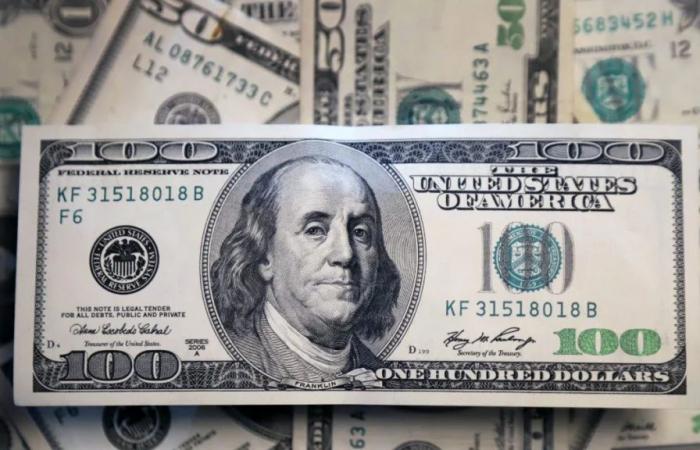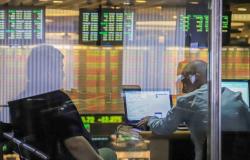Future dollar contracts traded higher on the Rofex and are already pricing in a “crawling peg” of around 5% for the coming months. The blend dollar, the pressure from the IMF and the brake on BCRA purchases, under the magnifying glass.
Although this Thursday the parallel dollars operated more calmly than the previous days, The market continues to move awaiting changes in the exchange rate policy. So, The prices of future dollar contracts rose again. Investors hedge against a possible devaluation and They are already pricing a “crawling peg” around 5% for the coming monthsThe promise of a reduction in the PAIS tax, the discussion about the future of the dollar blend, the pressures from the International Monetary Fund (IMF) and the halt in purchases by the BCRA are the signals that the City is monitoring.
The content you want to access is exclusive to subscribers.
to subscribe I am already subscribed
The contracts agreed upon in Matba-Rofex maturing during the second half of the year operated this Thursday with increases of between 0.2% and 0.55%, depending on the different terms, and gave continuity to the upward trend that has continued throughout June. Thus, the devaluation expectations implicit in the Quotes reflect that the market is beginning to discount that the economic team will have to abandon the 2% crawling peg monthly, despite recent denials by Luis Caputo.
For example, the July contract closed at $957, which would mark an expectation of a 4.8% monthly increase in the official exchange rate. For the following months, the expected implicit “crawling” is around 5%: in August, 5.2%; in September, 5%; in October, 5.2%; in November, 4.8%; and in December, 5%. So, By the end of the year, the futures market prices an official dollar of $1,223, a level 19% higher than what it would have if the Central Bank kept the 2% monthly rate unchanged. until that moment.
Dollar: the signals that the market looks at
The background of the movements in this coverage area are the growing Signs of exhaustion of the exchange rate scheme that the City perceives. One of the main ones is the abrupt stop in the purchase of currencies by the BCRA during June, a month in which it should still be able to capitalize on the flow of the coarse grain harvest: This Thursday it sold US$85 million and, with only one round left, it has accumulated a negative balance of US$46 million. Added to this is the fact that the third quarter is the most difficult period for seasonal reservations.
Also added are the pressure from the IMF for the Government to eliminate the blend dollar schemewhich provides a higher exchange rate to exporters based on the settlement of 20% of foreign currencies in cash with settlement, which means that one in every five dollars does not enter the reserves.
Although Luis Caputo ratified its continuity (it serves to contain the pressures on the exchange gap), more and more market players hope that the end of the blend will be the first step towards a slow path of disarmament of the stocks. (which does not appear as an immediate output). Additionally, the minister promised to reduce the tax rate to 7.5%. COUNTRY TAX that it rose to 17.5% once the Bases Law and the Fiscal Package are approved, although it was not clarified in what terms it would do so.
If it comes to fruition, would that be accompanied by a greater devaluation? There are voices in the market that are beginning to believe so. Even his own Sunday Cavallo He proposed it in his last publication. The former minister said that the Government is not in a position to completely lift the stocks and that it does not want to validate a sudden devaluation. Thus, he recommended taking advantage of the rollback of the PAIS tax to pick up the gauntlet of the IMF’s request: eliminate the blend and raise the official exchange rate 10% to around $ 1,000 to add reserves again.
For his part, the former member of Javier Milei’s team of advisors (during the presidential campaign), Carlos Rodriguez, also predicted a change in the pace of devaluation: “For me there is a chance that Caputo will try something similar to Martínez de Hoz’s Tablita but with stocks. Instead of a fixed 2%, do a pre-announced 5%, 4%, 3%, 2%, 1%.” Although he clarified that this is not his proposal since, according to his point of view, “nothing with stocks is going to work.”






